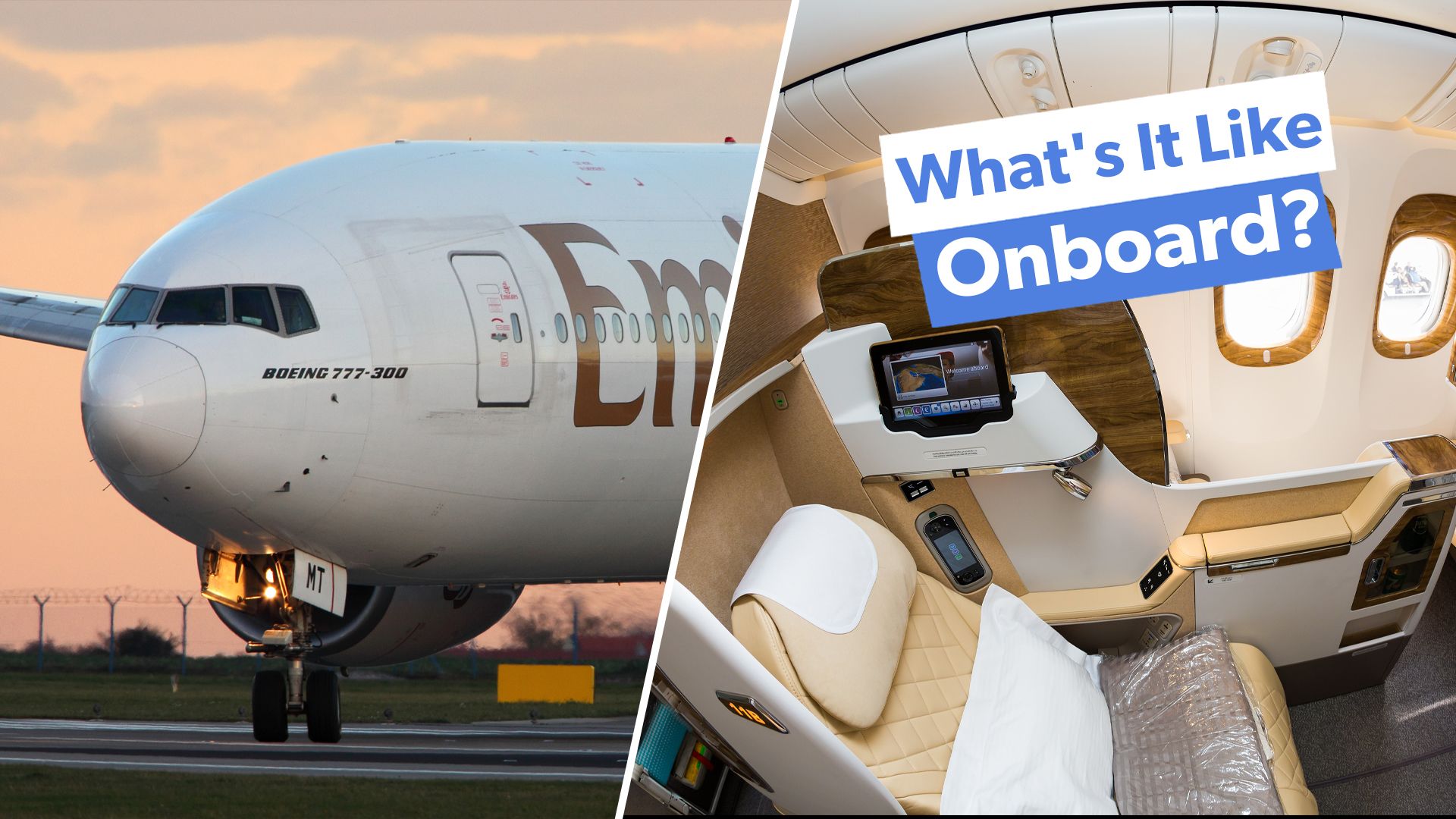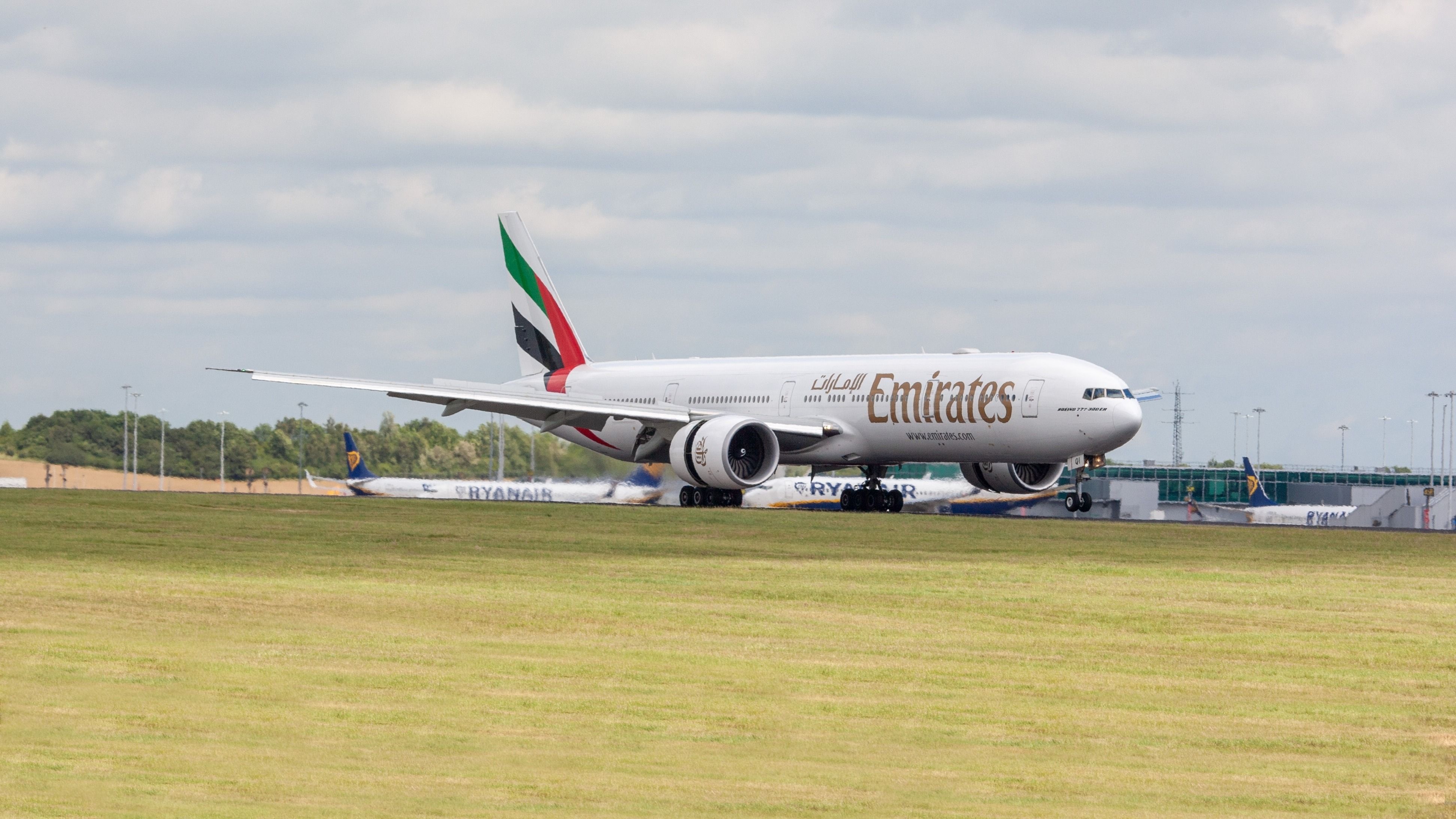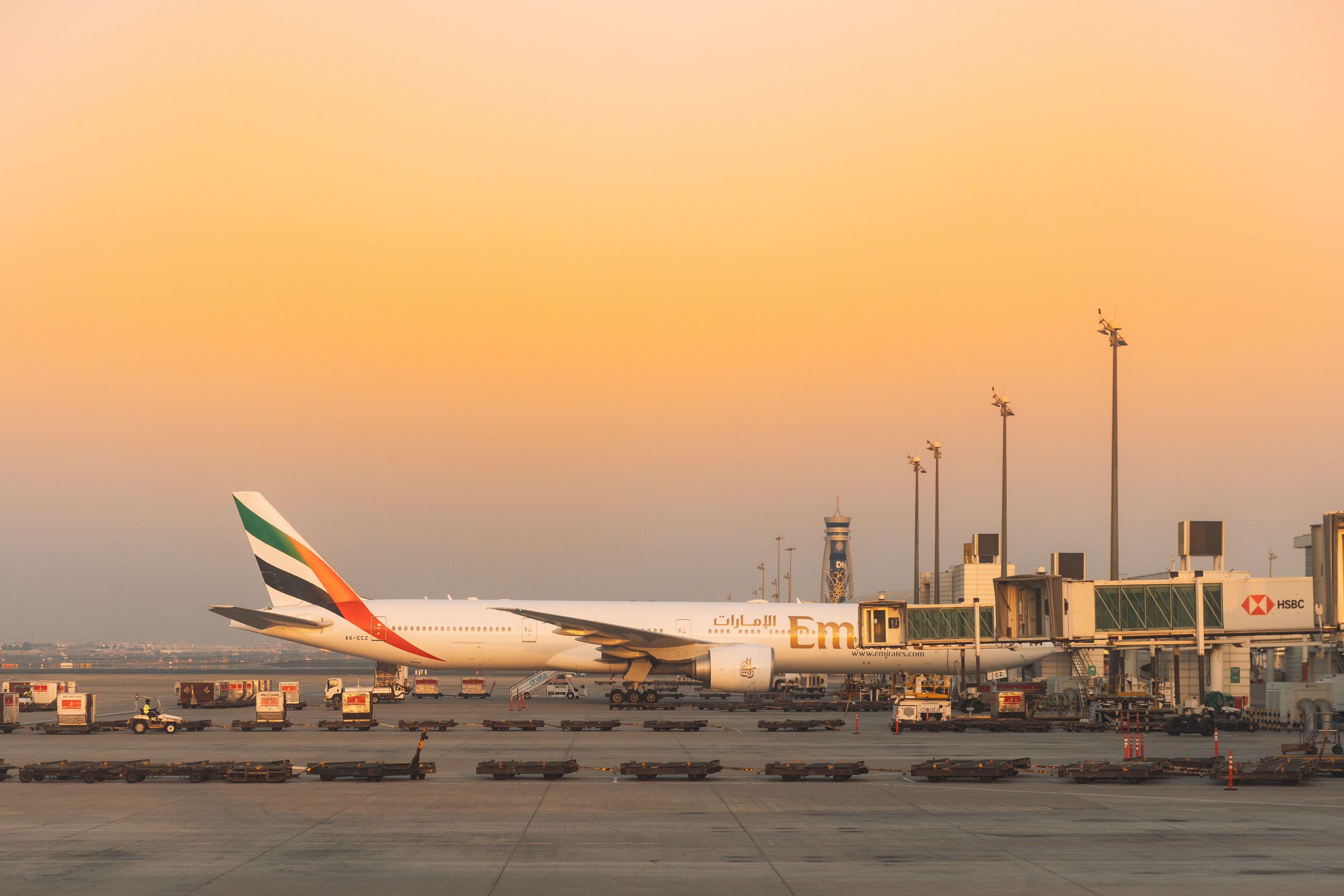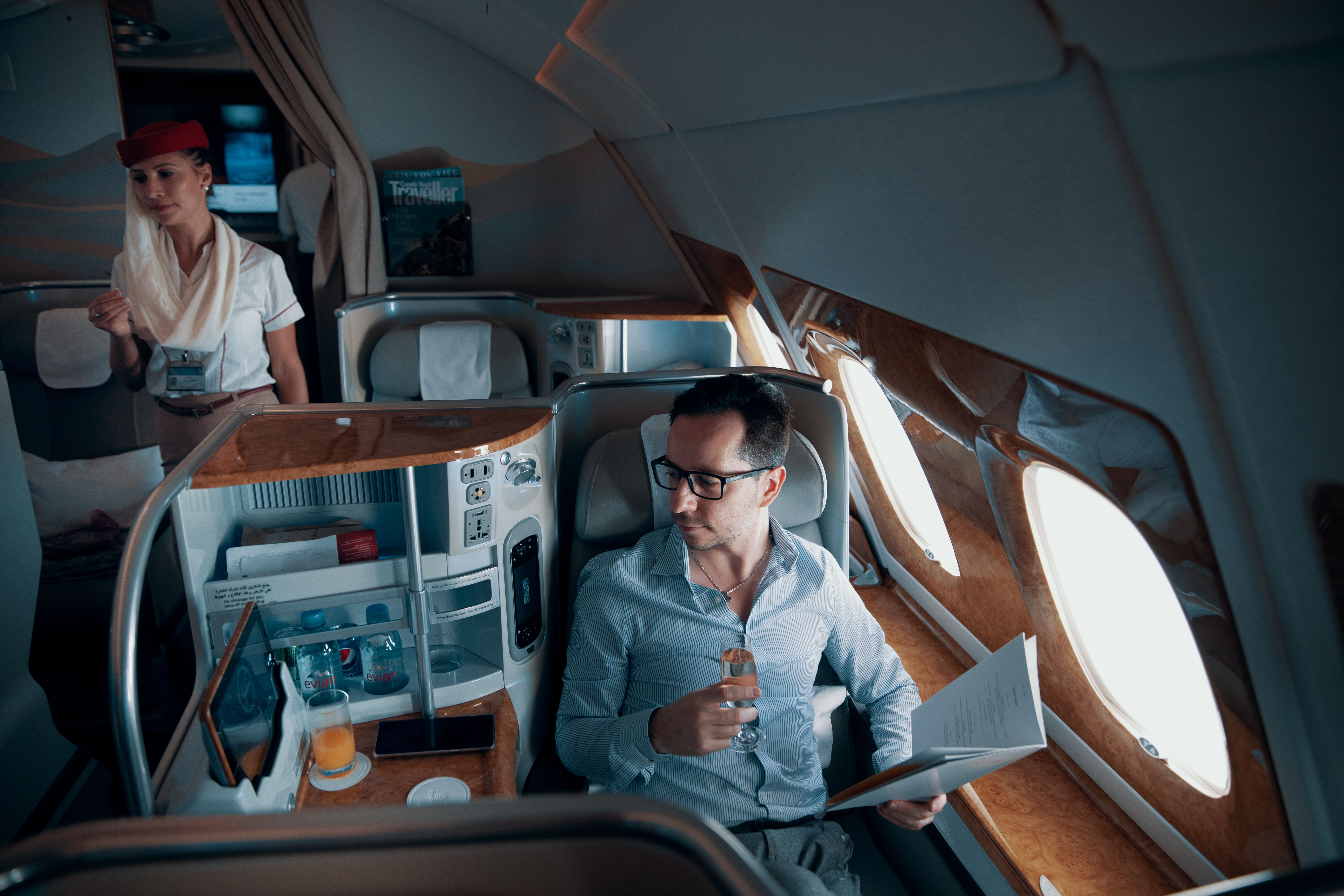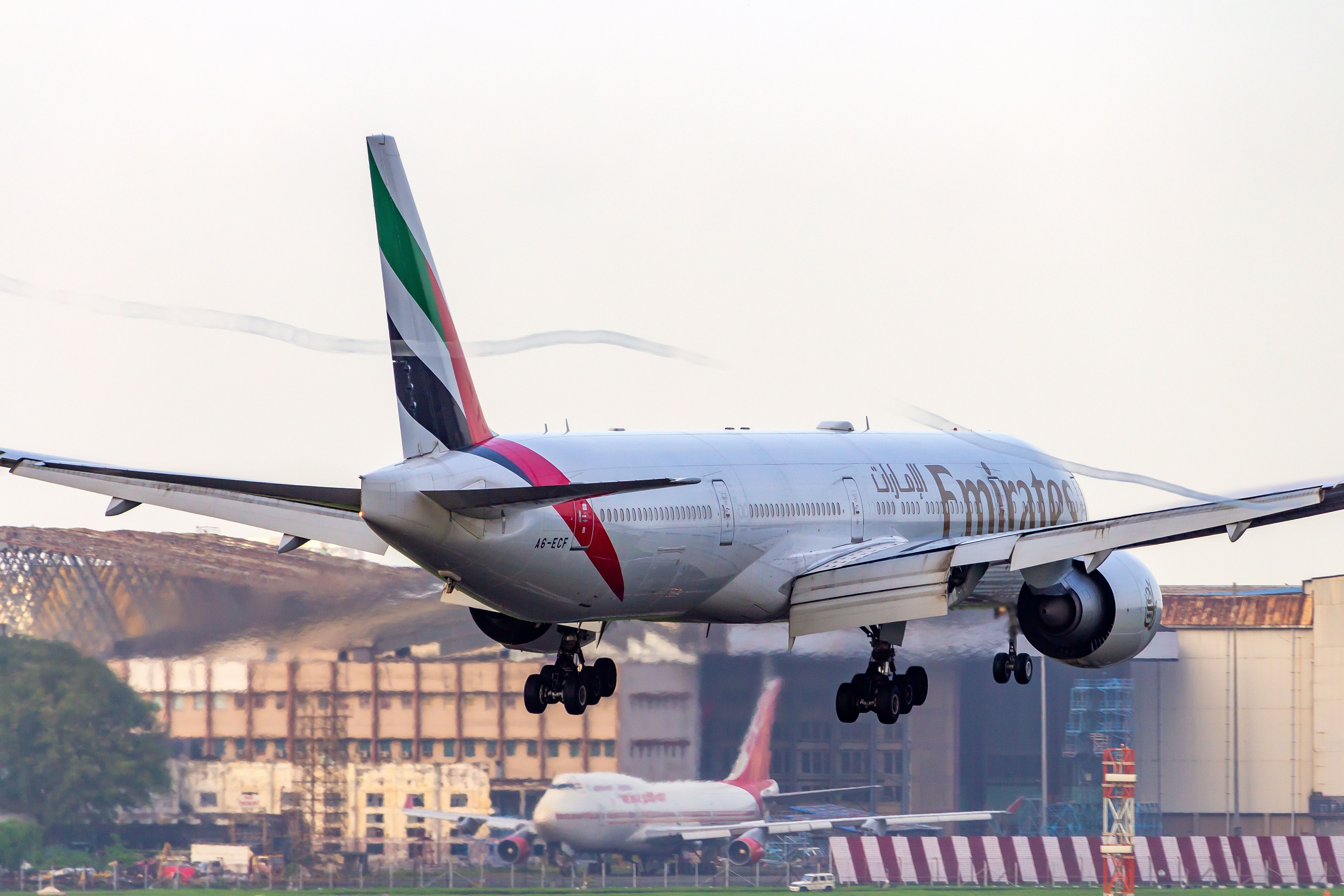Emirates is renowned for its expansive and luxurious fleet, with the Boeing 777 playing a pivotal role in its operations. The airline operates various configurations of the Boeing 777 to cater to different market demands and passenger preferences.
Photo: paulpdh | Shutterstock
These configurations range from two-class setups for high-capacity routes to four-class arrangements for long-haul flights. Let’s discover how Emirates configures its Boeing 777 fleet, the amenities offered, and how these configurations are used on different routes.
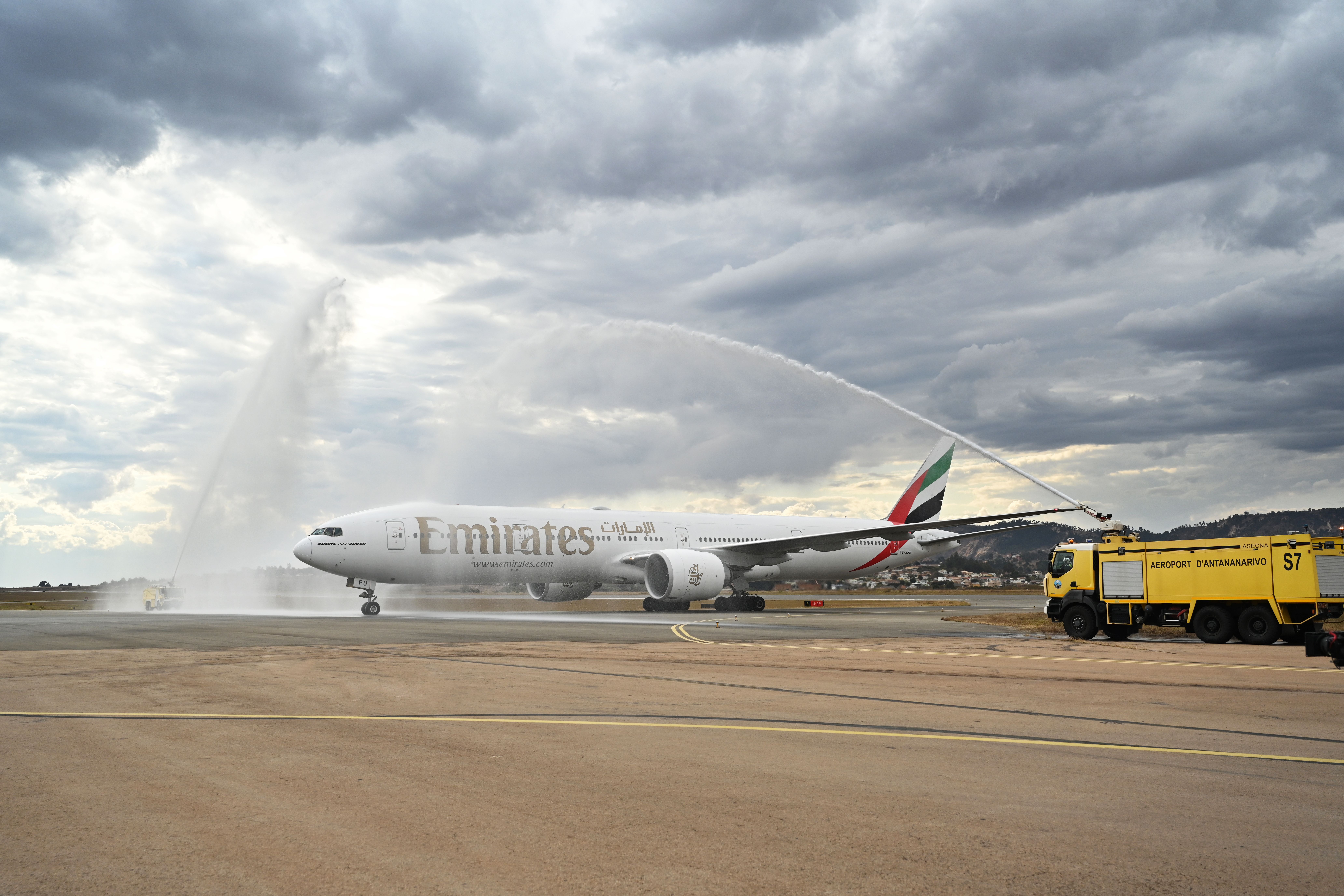
Related
Emirates To End Singapore-Melbourne Service: How Will This Impact Your Travel Plans?
Emirates plans to end its direct flights between Singapore and Melbourne. The plans were revealed in an announcement by the Competition and Consumer Commission of Singapore (CCCS) that Emirates had requested to cease operations, which the airline recently confirmed to The Strait Times. Emirates has not announced a termination date yet as it is waiting for a determination from the CCCS on its request to cancel the route.
The decision is surprising because the route has been a long-standing connection in Emirates’ network, operating since 1996 on the airline’s widebody Boeing 777s. The airline has cited network adjustments and operational needs as the primary reasons behind this decision, as it plans to streamline and reallocate resources to other routes.
Emirates’ focus seems to be shifting towards optimizing long-haul routes and enhancing services to other key markets. The airline offers separate daily flights between Dubai, Singapore, and Melbourne. Passengers can still travel betwe
Different configurations for different needs
Emirates
operates multiple configurations on its Boeing 777s
, including the 777-200LR and the 777-300ER. Each model is designed to meet specific operational and passenger needs. According to AeroLOPA, the airline’s most common 777 variant is the 777-300ER, available in two-class, three-class, and four-class layouts.
- Two-Class Configuration: The two-class version of the Boeing 777-300ER is used primarily on high-demand regional routes. This configuration includes 42 lie-flat business class seats arranged in a 2-3-2 layout and 386 economy class seats. This setup maximizes passenger capacity without sacrificing comfort, making it ideal for busy routes with high passenger traffic but less demand for premium seating.
- Three-Class Configuration: The three-class configuration includes eight private first class suites, 42 business class seats, and 310 economy class seats. This layout is tailored for long-haul flights, such as those between Dubai and destinations in Europe, Asia, and North America. The first class suites offer a private, enclosed space with a sliding door, a fully flat bed, and a sizable personal TV screen.
- Four-Class Configuration: Emirates has introduced a four-class configuration on its Boeing 777-300ER, including a premium economy section and the traditional three classes. The premium economy cabin features 24 seats arranged in a 2-4-2 layout. These seats offer more legroom, a greater recline, and enhanced dining options compared to standard economy seats. According to Emirates, this configuration is currently available on select routes, including flights to London Heathrow and Paris Charles de Gaulle.
Photo: George Trumpeter | Shutterstock
Cabin layouts and seating arrangements
Each class on the Boeing 777 is meticulously designed to offer maximum comfort and luxury:
- First class: The first-class suites in the three-class and four-class configurations are the epitome of luxury. Each suite has a fully enclosed space with a personal minibar, a vanity table, and a 32-inch TV screen. The seat becomes a flat bed, ensuring restful sleep on long-haul flights. According to Emirates, the latest Boeing 777s feature first-class suites with virtual windows and “Zero Gravity” seats inspired by NASA technology to enhance comfort.
- Business class: Passengers enjoy lie-flat seats arranged in a 2-3-2 layout. While this configuration means that not all passengers have direct aisle access, the seats are spacious, with adjustable lighting, large screens, and ample storage space. The seat pitch is 60 inches, and the width is 20.5 inches, providing a comfortable space to relax and work.
- Premium economy: The newly introduced premium economy cabin features wider seats with a pitch of 40 inches, offering significantly more space than in economy class. The seats have a generous recline and adjustable headrests, calf rests, and footrests. Passengers in premium economy also enjoy a dedicated check-in area and priority boarding.
- Economy class: The seats are arranged in a 3-4-3 configuration. Despite the high-density layout, Emirates provides a seat pitch of 32-34 inches and a width of 17 inches, which is relatively spacious for this class. Passengers can access seat-back screens with the award-winning “ice” in-flight entertainment system, which offers thousands of movies, TV shows, and music options.
Inflight amenities and entertainment
Emirates is known for its high level of in-flight service, regardless of the class of travel. All Boeing 777 aircraft have the “ice” in-flight entertainment system, offering over 4,500 entertainment channels, including movies, TV shows, live sports, and music. First and business class passengers also have access to complimentary WiFi, while economy class passengers receive a limited free Wi-Fi allowance with the option to purchase additional data.
Photo: Agent Wolf | Shutterstock
The aircraft is also equipped with ambient lighting systems designed to help passengers adjust to different time zones and reduce the effects of jet lag. The air filtration system renews cabin air every few minutes, maintaining a fresh and healthy environment throughout the flight.
Emirates strategically deploys its Boeing 777 configurations based on route demand, passenger load, and the competitive landscape. Here are some examples of how different configurations are used:
- Two-Class Configuration: This configuration is typically used on high-density regional routes, such as Dubai to Cairo or Dubai to Mumbai, Kerala or Hyderabad. The focus here is maximizing seat availability while maintaining a comfortable passenger experience.
- Three-Class Configuration: This layout is often deployed on long-haul routes, such as Dubai to New York, Sydney, and Tokyo. The presence of first class suites makes this configuration ideal for routes with a high demand for premium travel.
- Four-Class Configuration: The four-class configuration is being introduced on select long-haul routes like Dubai to London Heathrow and Paris Charles de Gaulle. The addition of premium economy is expected to appeal to a broader range of passengers, particularly those seeking more comfort without the expense of business class.
Photo: BoeingMan777 | Shutterstock
Commitment to quality
Emirates’ Boeing 777 configurations are a testament to the airline’s commitment to offering a diverse and high-quality travel experience. Whether it’s the opulent first class suites, the spacious business class seats, the new premium economy offering, or the comfortable economy class, Emirates ensures that every passenger enjoys a memorable journey. The strategic deployment of these configurations allows Emirates to meet the needs of different markets while maintaining its reputation for luxury and excellence in air travel.
